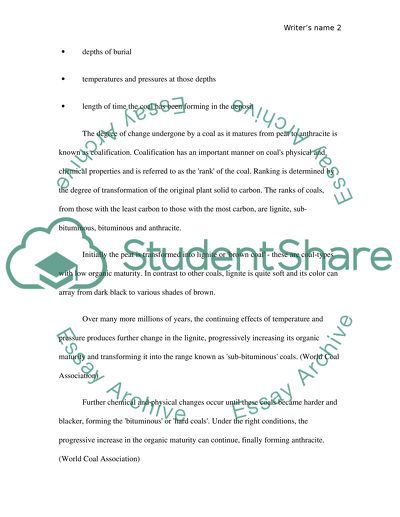Cite this document
(“Uses of coal Research Paper Example | Topics and Well Written Essays - 1000 words”, n.d.)
Retrieved from https://studentshare.org/environmental-studies/1418906-uses-of-coal
Retrieved from https://studentshare.org/environmental-studies/1418906-uses-of-coal
(Uses of Coal Research Paper Example | Topics and Well Written Essays - 1000 Words)
https://studentshare.org/environmental-studies/1418906-uses-of-coal.
https://studentshare.org/environmental-studies/1418906-uses-of-coal.
“Uses of Coal Research Paper Example | Topics and Well Written Essays - 1000 Words”, n.d. https://studentshare.org/environmental-studies/1418906-uses-of-coal.


